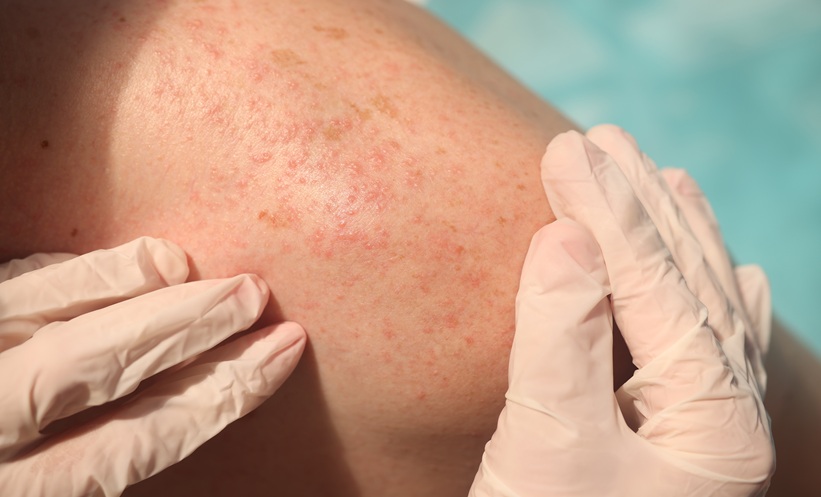CHILDHOOD sunburns have been linked to a possible higher risk of melanoma or cutaneous squamous cell carcinoma (cSCC) later in life in a new study. Understanding the link between sunburns and risk of skin cancer over a lifetime is challenging. To the authors’ knowledge, no study had previously investigated lifetime patterns of this link. As previous sunburn may affect a person’s behaviour relating to sun exposure, which affects future sunburn frequencies, it is difficult to assess whether there is an association between sunburn at different ages and risk of skin cancer.
Simon Lergenmuller, department of clinical and registry-based research at the Institute of Population-Based Cancer Research, Cancer Registry of Norway, and colleagues conducted a population-based cohort study, in which they identified lifetime trajectories of sunburns. The objective was to determine whether different trajectories had an impact on the risk of developing cSCC or melanoma. The data included 169,768 patients from the Norwegian Women and Cancer Study from 1991 to 2018, with questionnaires that were administered every 5–7 years between 1991 and 2007. Exposures of interest included sunbathing vacations, pigmentation factors, and indoor tanning, as well as the frequency of sunburns from childhood to adulthood.
The authors evaluated the completed questionnaires and stratified the lifetime trajectory of sunburn frequency into five groups. The mean follow-up duration was 14.3–19.5 years, during which 739–871 females were diagnosed with incident primary cSCC and 1,252–1,774 females were diagnosed with incident primary melanoma. Those with a stable high trajectory of sunburn frequency aged up to 39 years were at greater risk for both cSCC and melanoma, compared to those with a stable low frequency. Furthermore, those with high to low trajectories aged up to 39 years were also at an increased risk of cSCC and melanoma, compared to those with a stable low trajectory.
The results showed that sunburns in childhood are the most important contributor to melanoma later in life, and that high frequencies throughout life also increase this risk. This emphasises the importance of using protective clothing and sunscreen, avoiding the sun, and seeking shade throughout life. Other trajectories did not show a significant increased risk for malignancy, and there was no statistically significant heterogeneity for melanoma and cSCC estimates, meaning that different types of sunburn trajectories increased both cSCC and melanoma in the same way.








